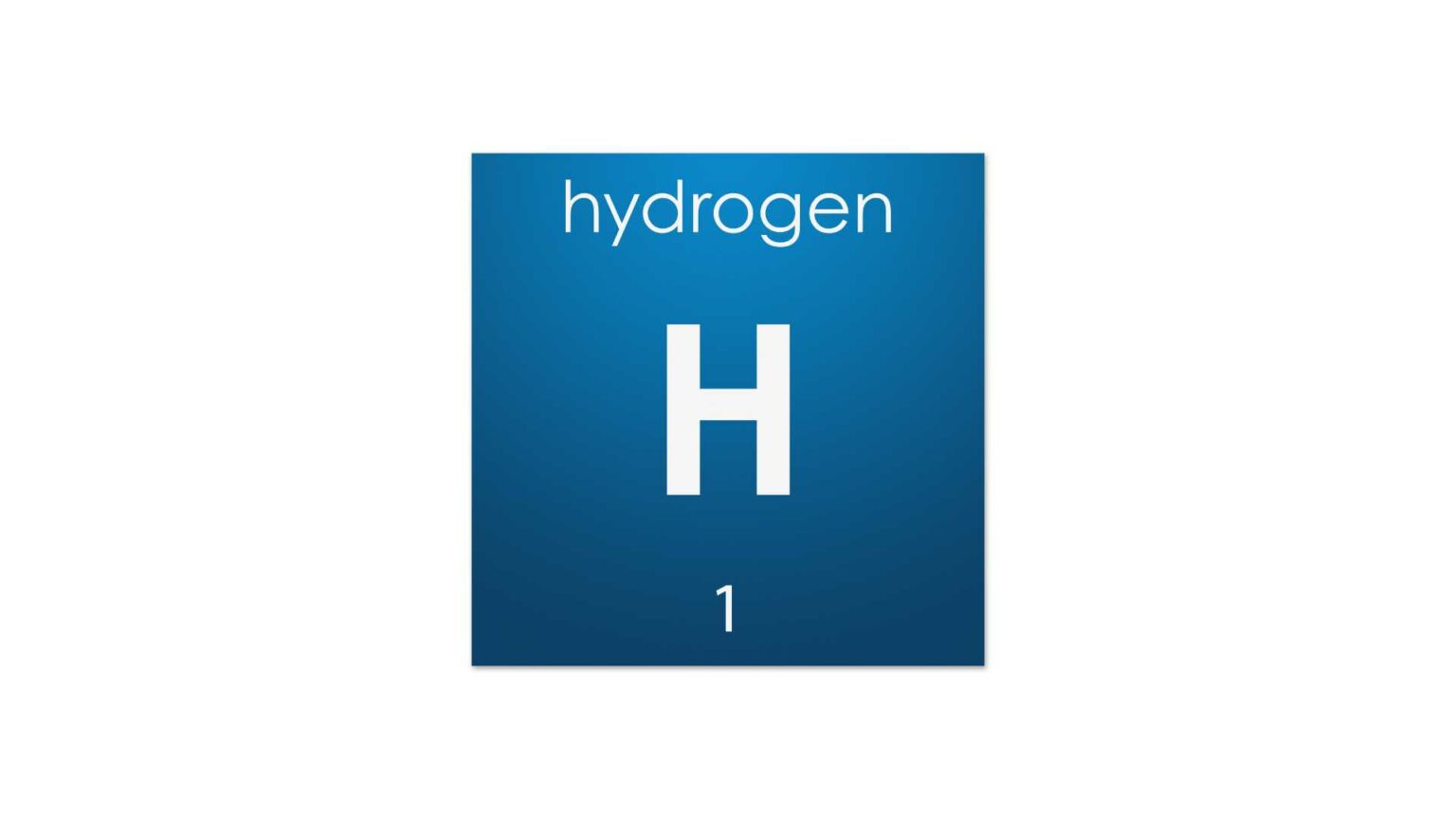Hydrogen technology continues to evolve with innovative solutions designed to enhance efficiency and safety. One such advancement is the injector patent filed by Liebherr Components Deggendorf GmbH.
This patent describes a sophisticated injector tailored for the direct injection of hydrogen. The patented injector presents several notable enhancements over existing gas injection technologies.
Key features include:
1. Active Solenoid Valve: The injector uses an actively switchable solenoid valve that can switch between closing and releasing states to control the flow of gaseous hydrogen from the fuel feed line.
2. Passive Valve: Positioned downstream of the active valve, this passive component adjusts its state based on the prevailing pressure ratios, adding another layer of control and safety.
3. Elastic Sealing Element: Both the active and passive valves incorporate an elastic sealing element, preferably made from elastomer, to ensure a tight seal. This is further reinforced using a metal-elastomer combination, enhancing durability and preventing leaks.
Potential Applications
This high-pressure gas injector has a variety of potential applications, particularly in fields requiring precise hydrogen injection. Notable uses include:
1. Automotive Hydrogen Fuel Systems: Implementations in hydrogen-powered internal combustion engines or fuel cell vehicles to enable efficient and controlled hydrogen fuel delivery.
2. Industrial Hydrogen Systems: Usage in hydrogen generation plants and hydrogen-powered industrial machinery that necessitate accurate gas management.
3. Energy Storage Solutions: Integration within hydrogen energy storage systems to facilitate stable and efficient hydrogen release.
When compared with existing hydrogen injectors, this particular patent offers several advantages:
1. Double-Valve System: The combination of active and passive valves provides an extra level of control not commonly found in standard injectors.
2. Robust Sealing Techniques: The use of an elastomer-metal sealing configuration ensures higher durability and a more effective seal than many traditional injectors, which typically employ simpler sealing mechanisms.





